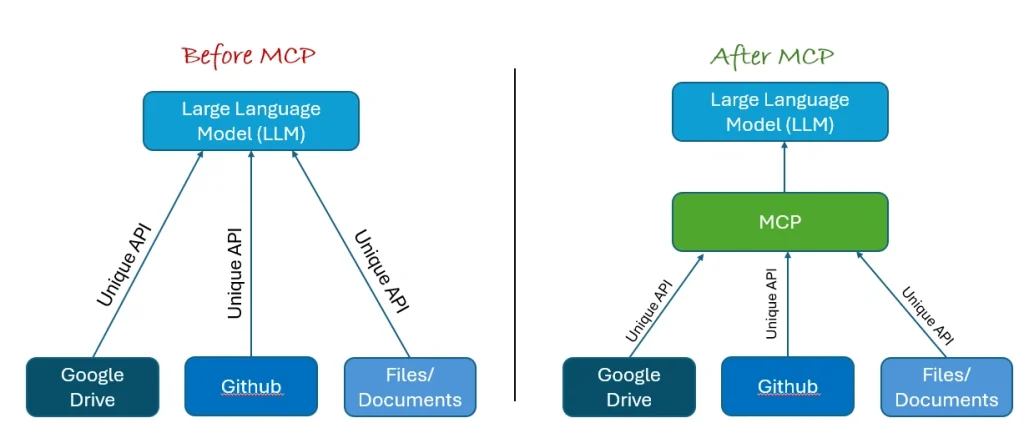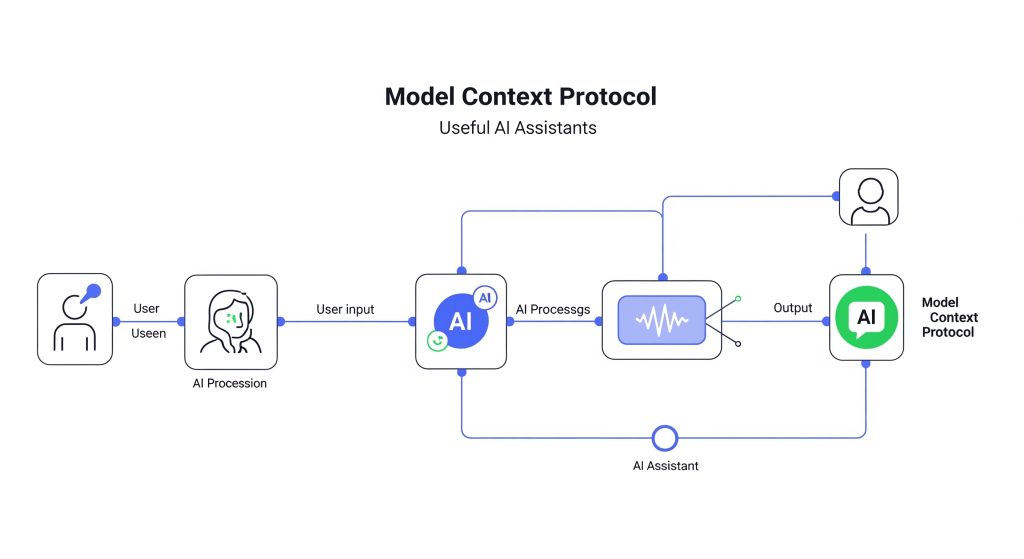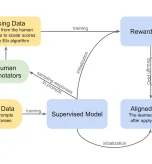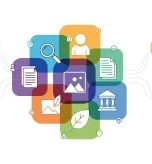Throughout this series, we’ve explored how tools enable AI to take action and how RAG helps it access the right information. But there’s been an underlying challenge that we haven’t directly addressed yet – one that’s been driving developers and enterprises crazy as they try to build sophisticated AI systems.
Here’s the problem: while we can give AI access to tools and data, coordinating everything together has been a nightmare. You want your AI assistant to check your calendar, send emails, update spreadsheets, search through documents, and remember previous conversations – all in one seamless workflow. But connecting all these different systems has been like trying to conduct an orchestra where every musician speaks a different language.
Enter the Model Context Protocol (MCP), which might just be the breakthrough that transforms AI from a collection of disconnected capabilities into something resembling the intelligent assistants we’ve been promised.
The Problem MCP Solves: Integration Chaos
Let’s start with a fundamental truth about AI models: on their own, they’re essentially very sophisticated text predictors. Ask ChatGPT to send an email, and it can’t actually do it – it can only tell you how you might go about sending an email yourself.
The magic happens when we connect AI models to external tools and services. Want your AI to search the web? Connect it to a search API. Want it to manage your calendar? Hook it up to your calendar service. Want it to access your company documents? Integrate it with your knowledge base.
But here’s where things get messy. Each service has its own API, its own authentication method, its own data format, and its own quirks. Building an AI assistant that can seamlessly work across multiple tools means writing custom integration code for each service, handling all the edge cases, and constantly maintaining everything as APIs change.
It’s like trying to build a universal remote control where every device uses a completely different communication protocol. Technically possible, but expensive and fragile.
What MCP Actually Is (And Isn’t)
Model Context Protocol isn’t a new AI model, a software product, or a revolutionary algorithm. It’s something much simpler and potentially more powerful: a standardized way to package up everything an AI model needs to work effectively.
Think of MCP as a universal language that sits between AI models and all the external services they need to access. Instead of every integration being a custom, one-off connection, MCP provides a consistent format for:
- Task instructions that tell the AI what you want it to do
- Available tools and how to use them
- Relevant documents and data sources
- Conversation history and context
- System capabilities and constraints
If you’re familiar with web technologies, MCP is to AI systems what HTTP is to the internet – a protocol that enables different systems to communicate in a standardized way.

Figure 1: Agent orchestration before and after MCP
Why MCP Gained Momentum So Quickly
MCP was quietly released in November 2024, and initially, most people overlooked it. But by early 2025, it had exploded across the AI development community. Here’s why:
- Built for the Agentic Era. Unlike older integration standards that were designed for simple data exchange, MCP was built specifically for AI agents that need to juggle multiple tools, access various data sources, and maintain complex workflows.
- Strong Developer Experience .When Anthropic released MCP, they didn’t just publish a specification document. They shipped working code, comprehensive documentation, example implementations, and testing tools. Developers could actually start using it immediately.
- Network Effects. As more services began supporting MCP, it became increasingly valuable for developers to adopt it. When your AI assistant can seamlessly connect to dozens of MCP-enabled services without custom integration work, the value proposition becomes compelling.
- Ecosystem Momentum. Major AI platforms, development tools, and service providers started building MCP support, creating a virtuous cycle of adoption.
How MCP Changes the Game
Let’s get concrete about what this means in practice. Imagine you’re building an AI assistant for your sales team. Without MCP, you’d need to:
- Write custom code to connect to your CRM
- Build separate integrations for your email system
- Create another integration for your calendar
- Write custom logic to access your document management system
- Handle authentication, error cases, and API changes for each service
- Maintain all of this code as services evolve
With MCP, each service provider creates their own MCP server that translates their specific API into the standard MCP format. Your AI assistant just needs to understand MCP, and it can instantly work with any MCP-enabled service.
This shift is significant: instead of AI developers building hundreds of custom integrations, service providers build one MCP implementation that works with all MCP-compatible AI systems.
The Ecosystem Architecture
The MCP ecosystem has four key components:
- MCP Clients – These are the AI applications and platforms (like development environments, AI assistants, or enterprise AI tools) that can consume MCP services.
- The MCP Protocol – This is the standardized communication format that defines how information flows between clients and servers.
- MCP Servers – These are service-specific translators that convert a service’s unique API into the standard MCP format. Each database, messaging platform, or business tool would have its own MCP server.
- The Services – These are the actual business systems – databases, CRM platforms, communication tools, document management systems – that provide the underlying functionality.
The brilliant part of this architecture is that it pushes the integration burden to where it belongs: the service providers who know their systems best.

Figure 2: MCP assistance structure
Real-World Impact
The practical implications of widespread MCP adoption are significant:
- For AI Developers: Instead of spending months building and maintaining integrations, they can focus on creating intelligent workflows and user experiences.
- For Enterprises: AI implementations become more feasible because you’re not locked into specific vendor integrations. Any MCP-compatible AI system can work with your MCP-enabled business tools.
- For Service Providers: Building one MCP server opens their platform to the entire ecosystem of MCP-compatible AI systems.
- For End Users: AI assistants become genuinely useful because they can seamlessly access all the tools and information needed to complete complex tasks.
Current Limitations and Future Potential
It’s important to be realistic about where MCP stands today. Setting up MCP connections still requires technical knowledge, and the user experience isn’t always smooth. There’s file management, configuration work, and troubleshooting involved – it’s not yet at the “just works” level that mainstream users expect.
But the trajectory is clear. As the tooling matures and the setup process becomes more streamlined, we’re moving toward a world where AI assistants can truly live up to their potential.
The companies building sophisticated AI workflows today are already seeing the benefits. Instead of spending engineering resources on integration plumbing, they can focus on designing intelligent business processes and delivering value to users.
Understanding the Broader Context
MCP represents something bigger than just a technical standard – it’s a step toward making AI genuinely useful in enterprise environments. For too long, AI implementations have been limited by integration complexity. You could build impressive demos, but production systems that worked reliably across multiple business tools were expensive and fragile.
MCP doesn’t solve every AI implementation challenge, but it addresses one of the biggest bottlenecks: the complexity of connecting AI systems to the tools and data they need to be useful.
This matters because the most valuable AI applications aren’t standalone systems – they’re integrated workflows that can access your existing business tools, understand your organizational context, and take action across multiple platforms seamlessly.
What This Means for Your AI Strategy
As you think about implementing agentic AI in your organization, MCP compatibility is becoming an important consideration. Not because MCP itself will solve your business problems, but because it will make solving those problems much more feasible.
When evaluating AI platforms, development tools, or business software, asking about MCP support is increasingly relevant. Early adoption of standardized integration approaches often provides significant advantages as ecosystems mature.
The organizations that will benefit most from agentic AI are those that can effectively connect AI capabilities to their existing business systems. MCP makes that connection dramatically easier and more maintainable.
Looking Ahead: The Integration Revolution
Standards like MCP don’t just improve individual implementations – they enable entirely new possibilities. When integration friction drops significantly, new types of AI applications become economically viable.
We’re likely moving toward a future where AI assistants can seamlessly work across dozens of business tools, where switching between AI platforms doesn’t require rebuilding all your integrations, and where new AI capabilities can immediately access your existing business infrastructure.
That future isn’t guaranteed – standards only succeed if they achieve widespread adoption. But the early momentum around MCP suggests we might finally have the missing piece that makes enterprise AI implementations both powerful and practical.
Ready to Simplify Your AI Integration Strategy?
If you’re thinking about implementing agentic AI systems that need to work across multiple business tools and data sources, understanding how integration standards like MCP fit into your strategy is increasingly important.
The key questions aren’t just about what your AI can do, but about how easily it can connect to the systems and information it needs to be useful in your specific business context.
Whether you’re planning your first AI implementation or looking to expand existing capabilities across more business systems, we’d love to help you think through the integration challenges and opportunities. Contact us to explore how emerging standards like MCP might simplify your path to practical, production-ready agentic AI systems.
Sometimes the biggest breakthroughs aren’t about making AI smarter – they’re about making it easier to connect AI intelligence to the tools and data where it can create real business value.
In our next post, we’ll explore how modern models are starting to plan and why that matters in agentic systems.






